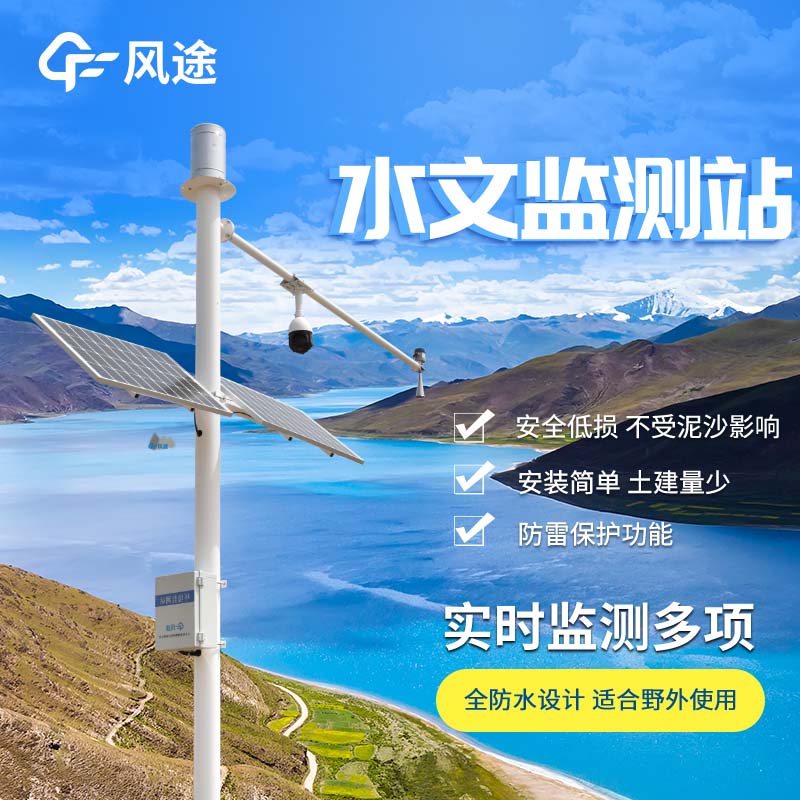The modern monitoring system for water environment, water source, and water ecology is an integrated system that provides crucial support for water resource management and protection.
The front end of this system is a precise sensor network. Water quality sensors, such as pH sensors, can detect the acidity and alkalinity of water bodies. Dissolved oxygen sensors monitor the oxygen content in water, which is related to the survival status of aquatic organisms. Water level sensors can provide real-time feedback on the changes in water level, which is of great significance for flood control, drought resistance, and water resource allocation. Flow sensors can accurately measure water flow and assist in the rational distribution and control of water resources.
The data acquisition system is the bridge for data transmission. The acquisition terminal collects sensor data and conducts preliminary processing, and then sends the data through wired or wireless communication modules. Wireless communication is suitable for remote areas, getting rid of the restriction of wiring; wired communication shows its advantage of stable transmission in areas with complete infrastructure such as cities.
The information processing and analysis system is the "brain" of data. The data storage server accumulates a large amount of historical and real-time data, providing materials for long-term research and trend analysis. Data analysis software deeply excavates the value of data and conducts correlation analysis, trend prediction, etc. For example, by analyzing the correlations among water quality data, changes in water level and flow can be predicted, providing scientific basis for decision-making and presenting results in intuitive charts.
The remote monitoring and management system realizes remote control and management. The monitoring platform allows users to view data and receive alarms at any time and anywhere, so as to respond to abnormalities in a timely manner. The equipment management module can remotely monitor the equipment status, set parameters, and diagnose faults, improving the maintenance efficiency and equipment stability.
Auxiliary systems escort the monitoring work. In terms of power supply, solar energy, wind energy, or storage batteries are used in remote areas to ensure the operation of equipment. Protective facilities are waterproof, moisture-proof, lightning-proof, and corrosion-proof, ensuring the safe and stable operation of equipment in complex environments.

Article address:https://www.sqqx.net/en/news/116.html

 +86 15898932201
+86 15898932201



